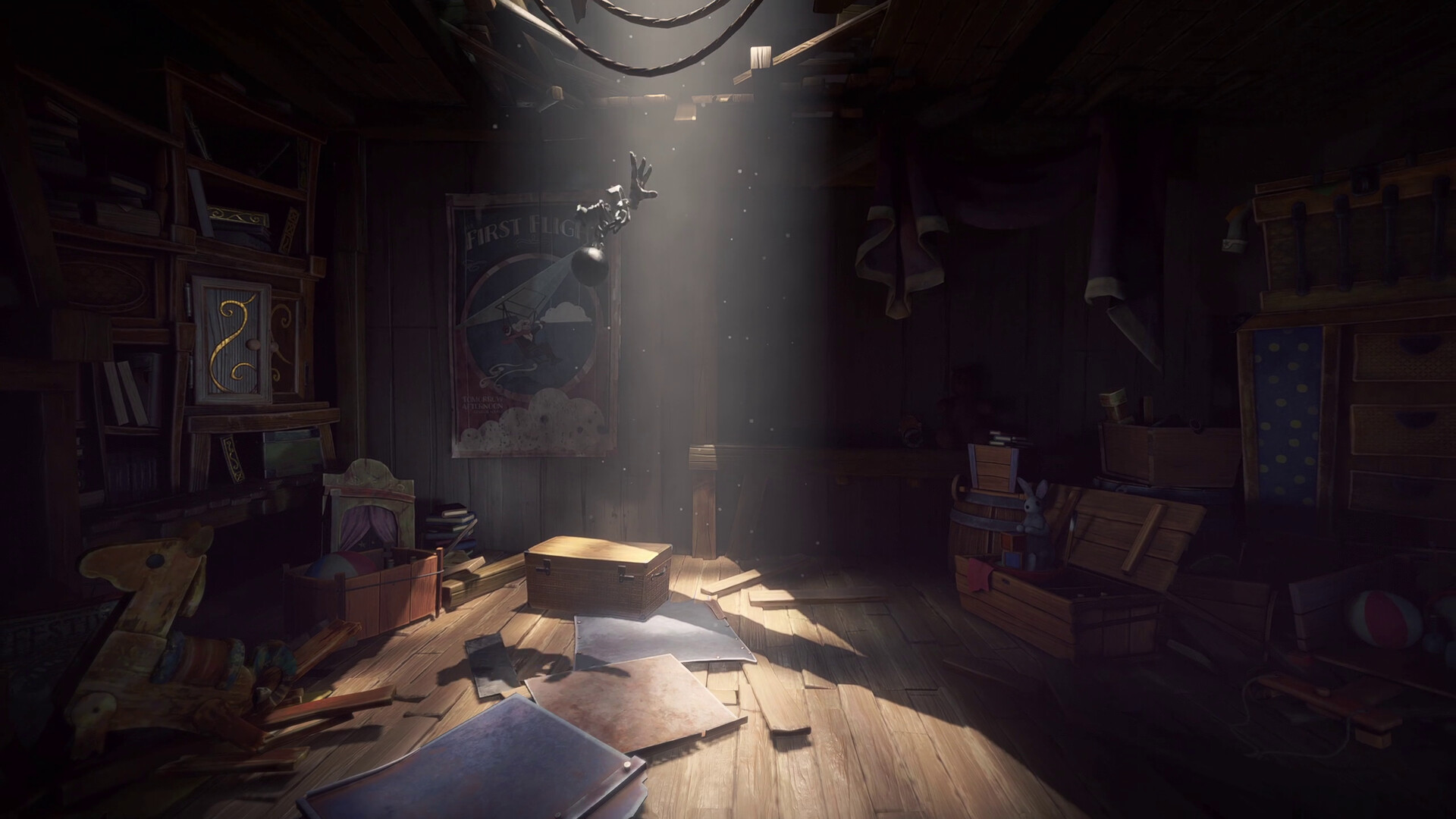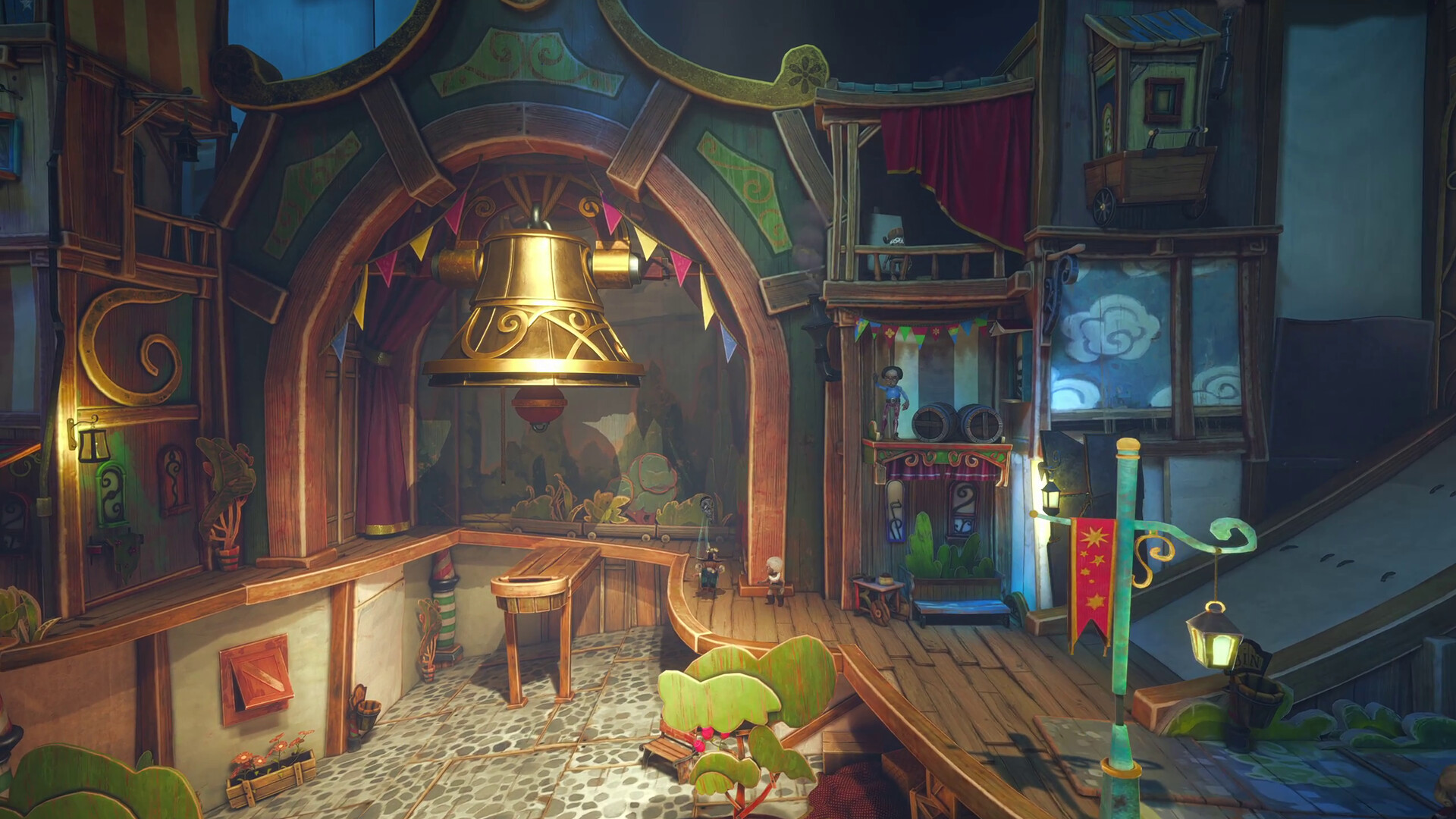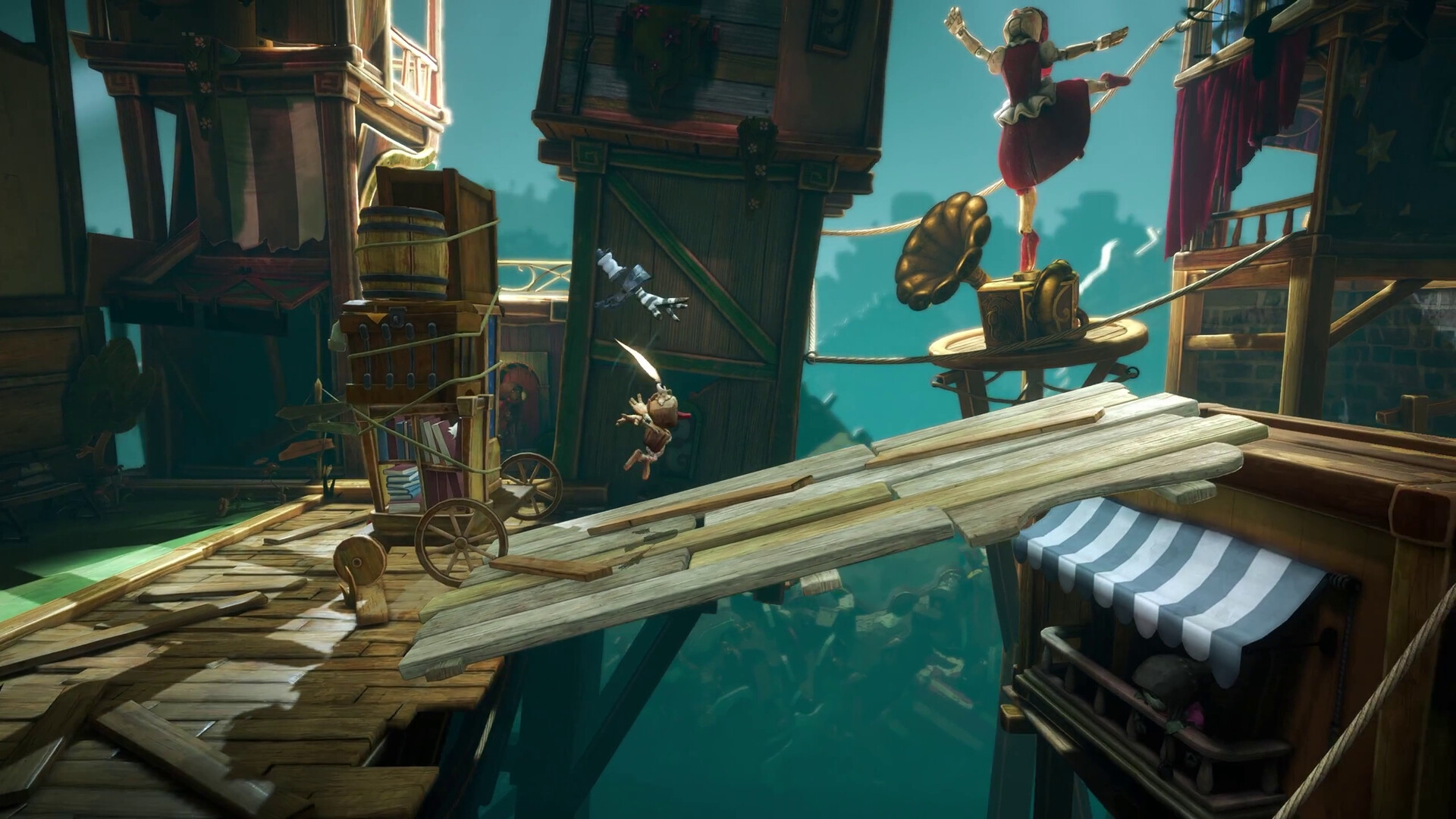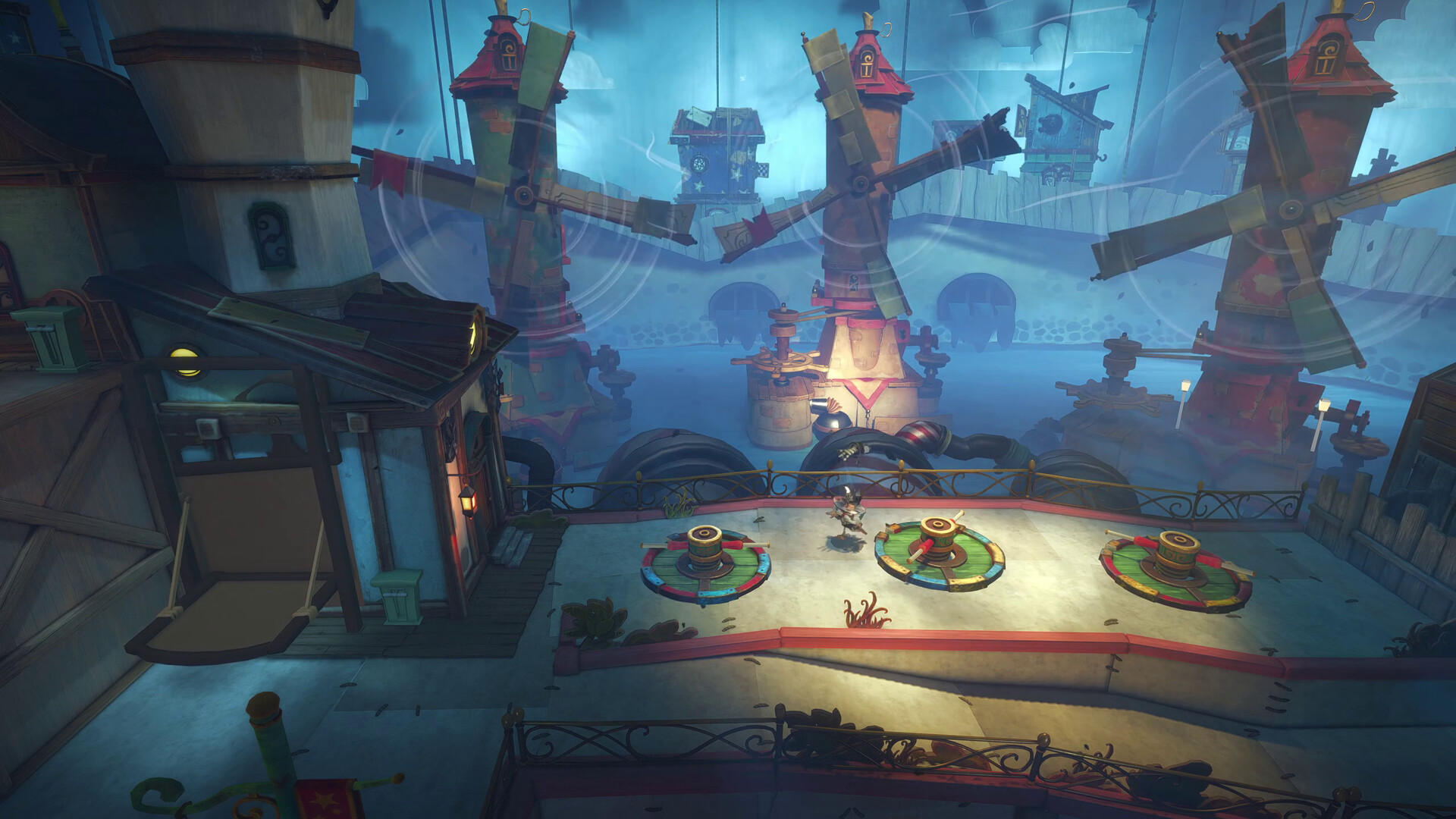Once Upon a Puppet transports players to a world hidden beneath the glitz and glamour of the stage, a desolate realm of forgotten puppets and discarded sets. While the game offers a playful exploration of this unique setting and strives to inject hope into its 2D platforming gameplay, it ultimately falls short of fully captivating the player, leaving a lingering feeling of untapped potential.

A world filled with the forgotten
The narrative centers on Nieve, a stagehand inexplicably linked to a puppet named Drev. Their quest to break free from this connection leads them to the Understage, a repository for discarded theatrical remnants. This setting, filled with forgotten puppets, stages, and scenery, hints at a deeper mystery waiting to be unearthed. While the overarching storyline of separation feels somewhat familiar and predictable, the true strength lies in the compelling world-building and rich lore. The desire to uncover the secrets of the Understage and learn more about its inhabitants became a primary motivator, pushing me through each scene with a thirst for discovery.

A safe 2D platformer
Gameplay in Once Upon a Puppet adheres to the standard conventions of the 2D platformer genre. The controls are responsive and intuitive, allowing for comfortable navigation and execution. Players can jump, double jump, and utilize newly acquired skills to solve puzzles that, while generally satisfying, tend to lean towards the easier side. What truly elevates the gameplay is the clever integration of stage elements and theatrical props into the puzzle design. It genuinely feels as though you are maneuvering through the intricate workings of a real stage, adding a layer of immersion that is often absent in similar platforming titles.

Aesthetics lifts the game
However, the visual presentation is undoubtedly one of the game’s strongest assets. The entire world is imbued with a charming “paper theatre” aesthetic. Every building and prop appears lovingly handcrafted, evoking the image of dedicated theatre artisans meticulously constructing these elements. This visual style amplifies the sense of loss and abandonment that pervades the Understage, making the fate of these discarded creations all the more poignant. The visual design effectively marries with the game’s themes, creating a cohesive and memorable experience.

Conclusion
In conclusion, Once Upon a Puppet is a competent and enjoyable platformer. The unique visual style and intriguing lore offer a breath of fresh air in a crowded genre. However, beyond its aesthetic appeal, the game doesn’t introduce any groundbreaking mechanics or significantly innovate on established platforming tropes. While I thoroughly enjoyed my time exploring the Understage, I couldn’t shake the feeling that the game’s potential far exceeded its execution. With a more compelling main storyline and more challenging puzzles, Once Upon a Puppet could have truly risen above the pack. As it stands, it’s a good game with a great concept, leaving you wanting just a little bit more.

Leave a Reply